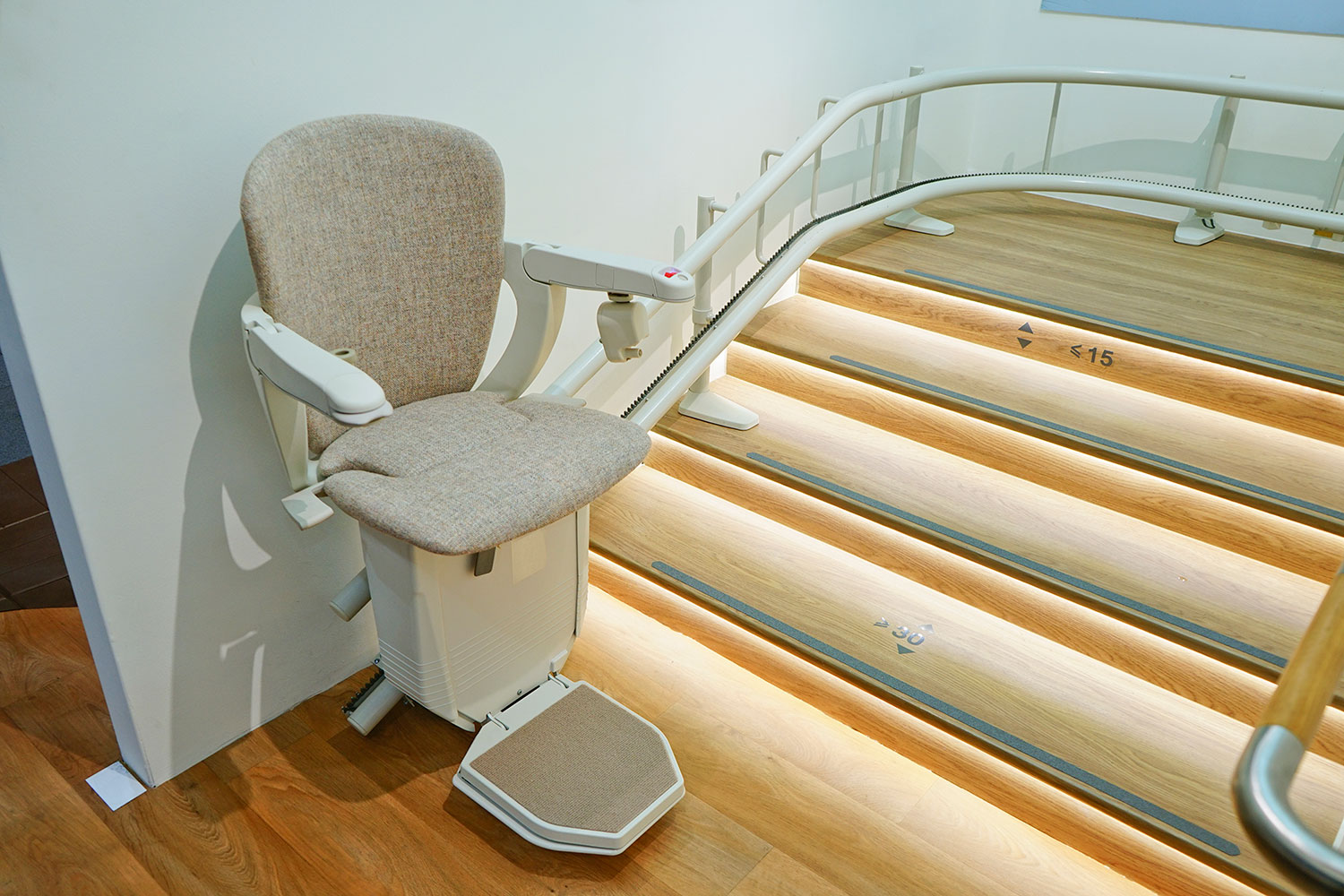
Getty Images
Aug. 30, 2017 | Tyler Difley
Aging in place
Major renovations and minor modifications to make any home more accessible and livable for seniorsAs Canada's population continues to skew older, more and more seniors want to remain in their homes rather than move into a retirement residence or long-term care facility. This preference for "aging in place" has increased the popularity of several home renovations and modifications that make the home more accessible, and easier to navigate, for older individuals. Here are some of the top aging-in-place renovations. Widen doorways
Doorways and hallways need to measure at least 32 inches across to accommodate a wheelchair or other mobility aid. If doorways need to be widened, the existing door frame needs to be replaced and new insulation, drywall and paint need to be added. Electrical work might also be required if light switches need to be moved and rewired.
Add a wheelchair ramp
This modification is a must to make a home accessible for individuals that require any type of wheeled mobility aid. However, even if none of the home's occupants use a wheelchair, a ramp still makes the entryway safer by eliminating the need to climb stairs.
Install lever-style doorknobs
These are easier to operate than traditional round doorknobs, which can be helpful for people with arthritis and other conditions. This is an inexpensive do-it-yourself fix that can make a big difference in terms of accessibility.
Install slip-resistant flooring
While hardwood flooring looks great, it can often be slippery and represent a hazard for older individuals. Vinyl, linoleum, bamboo and cork are popular flooring options that provide a bit more traction, while the softer materials are also less damaging in the case of a fall.
Improve lighting
While less-intense light is great for setting the mood, the lighting in most homes is inadequate for aging individuals. The eyes of a person in their 60s require twice as much light as those of a person in their 30s to see clearly. Use task lighting to increase the amount of light in spaces used for reading, grooming and other activities. It also helps to increase ambient light levels somewhat, which can often be achieved without increased power consumption by replacing incandescent lights with more efficient compact fluorescent or LED bulbs.
Grab bars in bathrooms
Grab bars are a must to prevent dangerous falls caused by hard and slippery bathroom surfaces, especially in the bathtub or shower. However, make sure they can support 250-300 pounds.
Make your shower or bathtub more accessible
Getting in and out of the shower or bathtub can be difficult for people with mobility issues. A walk-in bathtub or curbless shower makes the process easier and lowers the risk of falls. For shower renovations, make sure to install a seat and good lighting, as well as a shelf that keeps toiletries within reach.
Adjust kitchen countertops
Countertops at standard height can make it extremely difficult for people that require a wheelchair or motorized scooter to prepare food in their kitchen. Lowering the height of countertops by a few inches can make the kitchen a more accessible and useable space.
Install a chair lift or elevator
While a bungalow is often ideal for aging in place, a home with multiple levels can also be made more accessible with the addition of an elevator or a motorized chair lift that attaches to the stairs. These allow aging individuals to move between levels of the home with ease. When choosing between the two, keep in mind that the cost of a full elevator installation will often be several times that of a lift.
Shift to single-level living
When it comes to aging in place, multi-level homes should be modified with single-level living in mind. Ensuring there is a full bedroom and bathroom on the main floor eliminates the need to frequently move between levels of the home.
Tagged: aging in place | Design | Feature | House & Home | Renovation | retirees | seniors | Statistics | Statistics Canada




